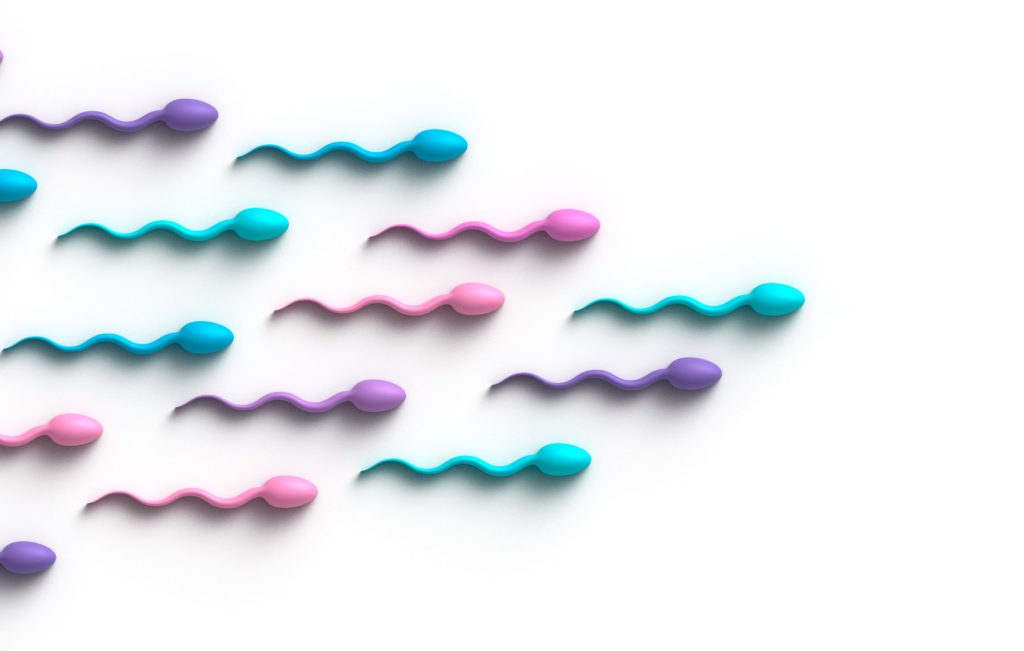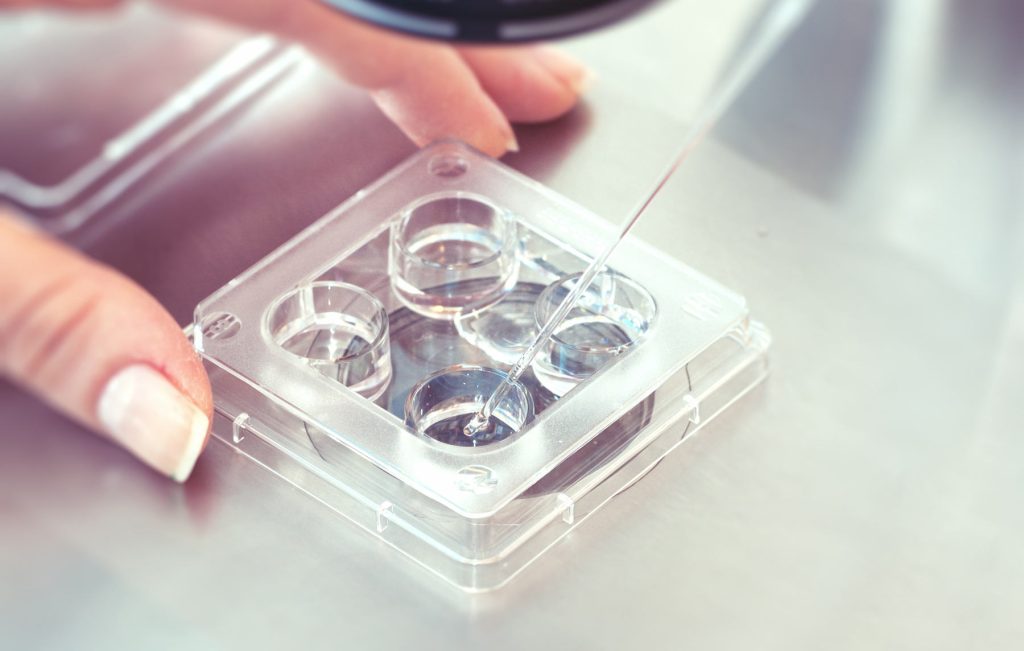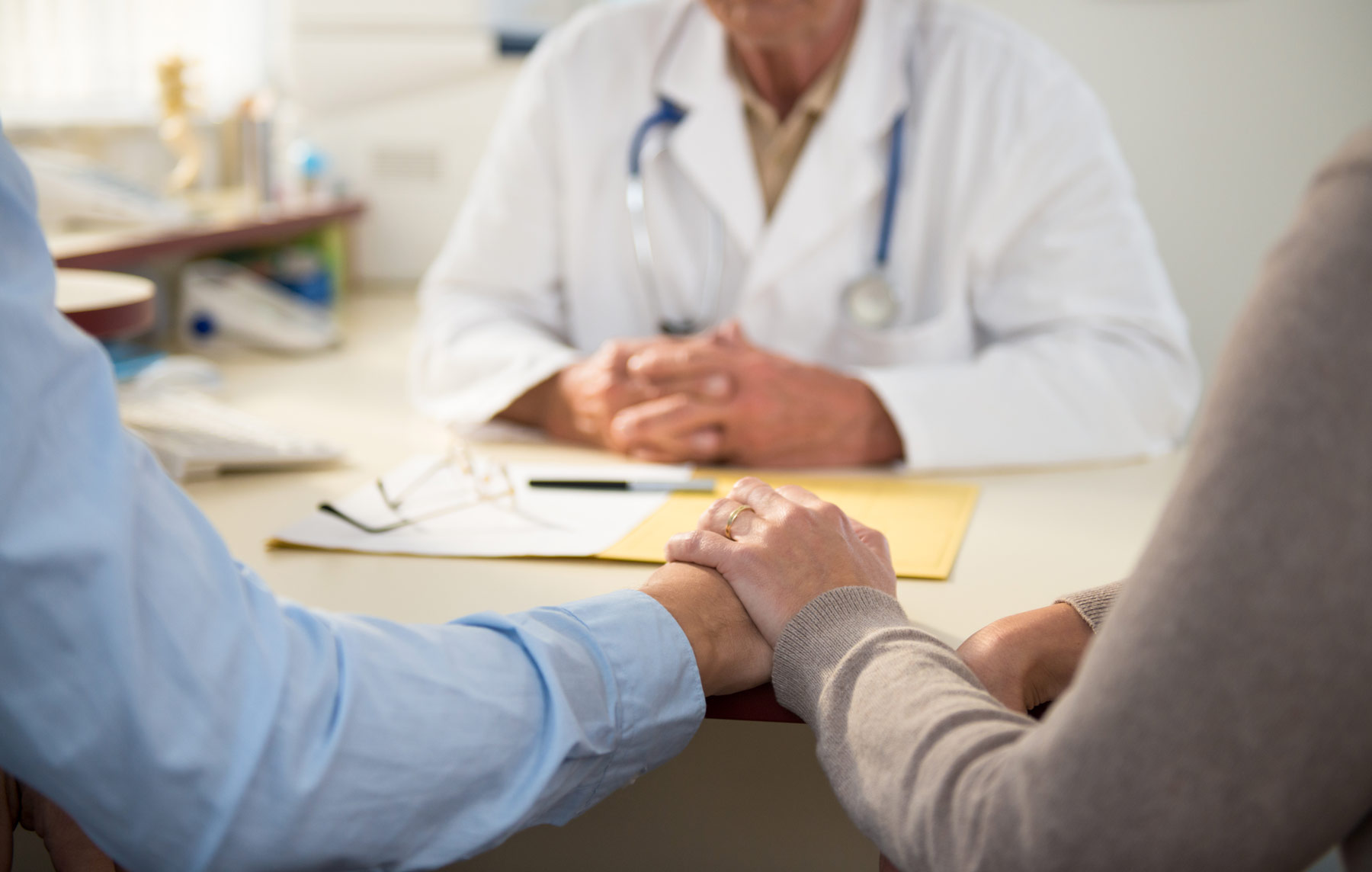- About
Our consultants
Meet our experienced team of consultantsSupport team
Meet our support team working alongside our doctors to deliver the very best careOur clinic
Discover more about The Fertility & Gynaecology Academy
- Patient journey
I am a...
Learn about the services relevant to your fertility journeyThe journey...
Learn about what's involved in fertility treatment
- Fertility tests
Packages
Fertility testing packages to take the hassle out of investigations
More screening options
Find out about our additional screening options - Treatments
Getting pregnant
Fertility treatments to help you achieve your dream
Add-on treatments
Learn about add-on fertility treatments
Supporting treatments
Additional services to support you on your fertility journey - Success rates
- Knowledge hub
Watch, read, and learn
Expand your knowledge on all aspects of fertilityLatest article
- Pricing
Financing fertility treatment
Honest and transparent pricing for peace of mind
No two patients have the exact same treatment but here we have provided an example patient journey to help illustrate what a straight-forward IVF cycle might look like cost-wise.
- Contact
Surgical sperm aspiration (PESA/TESA)
This procedure allows collection of sperm so it can used to fertilise an egg or be frozen for future use.
Surgical sperm aspiration (otherwise known as sperm retrieval) is a treatment that we recommend for men with azoospermia.

This procedure allows collection of sperm so it can used to fertilise an egg or be frozen for future use.
Surgical sperm aspiration (otherwise known as sperm retrieval) is a treatment that we recommend for men with azoospermia.
Azoospermia is a condition when there is blockage of the tube for sperm passage or absence of sperm in ejaculation.

FAQs about sperm retrieval
There are two methods used for sperm retrieval; PESA and TESA. Percutaneous epididymal sperm aspiration (PESA), is a method where sperm is collected from the epididymis inside the scrotum using a syringe and fine needle. This method is often used when there is no sperm found in the ejaculate due to hindrance in the passages. Reasons for this include vasectomy reversal, damage to the vas deferens from infection, or bilateral congenital absence of vas deferens.
Testicular sperm aspiration (TESA), is a method where sperm is retrieved directly from the testicles and is commonly used for men with non-disruptive azoospermia. With this condition, no sperm can be retrieved from the epididymis.
Under short intravenous sedation or local anaesthesia. The fine needles used for the aspiration of the sperm make the procedure straightforward. The success rate of PESA and TESA methods for surgical sperm retrieval treatment is similar to the success using sperm ejaculation. Both methods can also be used for the purposes of diagnosis.
Of the two methods, PESA is generally preferred by most patients because once the procedure has been performed, they are usually allowed home within hours and can be back at work the following day. With the TESA method, patients often have pain and some swelling after the procedure.
PESA and TESA methods are also a treatment option for men who are experiencing non-obstructive and obstructive oligozoospermia.
Get in touch today
If you have any further questions, our team will be happy to assist. Simply call the clinic on 020 7224 1880.
Alternatively, if you’re ready to go ahead, you can book a consultation by clicking below.


